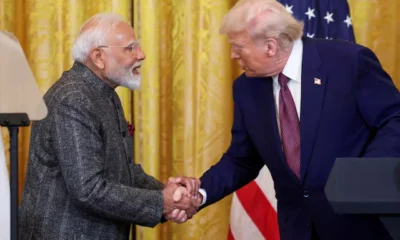Latest world news
PM Modi, Trump announce strategic initiatives, aim for $500 billion trade by 2030
PM Modi and President Trump’s meeting at the White House covered defence, trade, technology, and energy. Both leaders aim for a $500 billion trade target by 2030, alongside key defence initiatives.
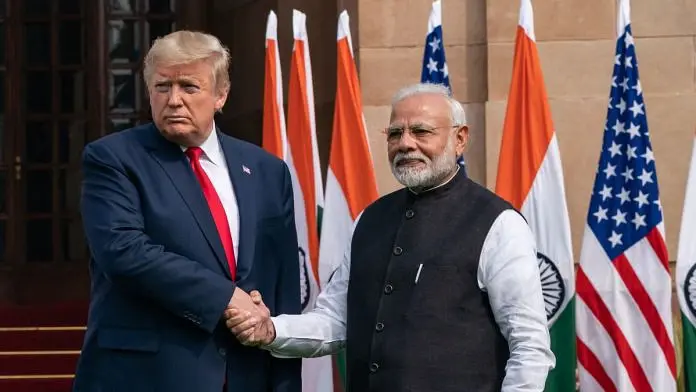
Latest world news
India closes two more visa centres in Bangladesh amid worsening security concerns
India has temporarily closed visa application centres in Rajshahi and Khulna, citing security concerns following protests near Indian establishments in Bangladesh.
Latest world news
PM Modi receives Ethiopia’s highest civilian honour, first world leader to get award
PM Modi has become the first global leader to be awarded Ethiopia’s highest civilian honour for strengthening bilateral ties and global leadership.
Latest world news
Trump administration expands US travel ban to 20 more countries, Palestinians also affected
The Trump administration has widened its travel ban, adding 20 more countries and fully restricting entry for Palestinians, citing security and vetting concerns.
-
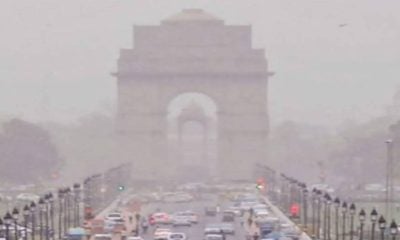
 India News14 hours ago
India News14 hours agoRs 20,000 fine or forced return as Delhi turns away old vehicles at borders amid severe pollution
-

 India News8 hours ago
India News8 hours agoAAP dominates Punjab zila parishad polls, leads in most panchayat samiti zones
-

 India News13 hours ago
India News13 hours agoParliament passes bill to allow 100% foreign investment in insurance sector
-
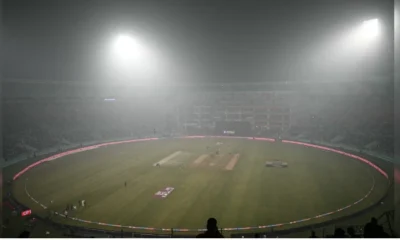
 Cricket news12 hours ago
Cricket news12 hours agoIndia vs South Africa T20I abandoned due to fog raises questions over BCCI scheduling
-
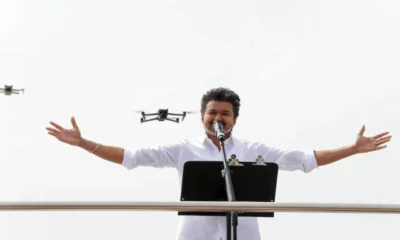
 India News12 hours ago
India News12 hours agoVijay signals political push with TVK rally as last film Jana Nayagan promotion aligns with 2026 polls
-
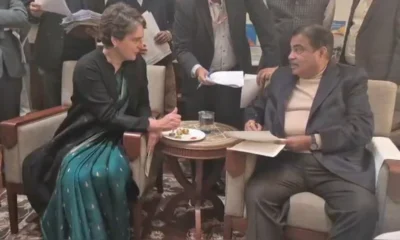
 India News7 hours ago
India News7 hours agoPriyanka Gandhi meets Nitin Gadkari over Kerala road projects, light moments mark discussion
-
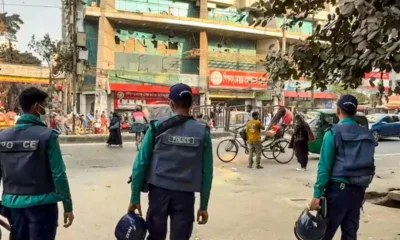
 Latest world news7 hours ago
Latest world news7 hours agoIndia closes two more visa centres in Bangladesh amid worsening security concerns

